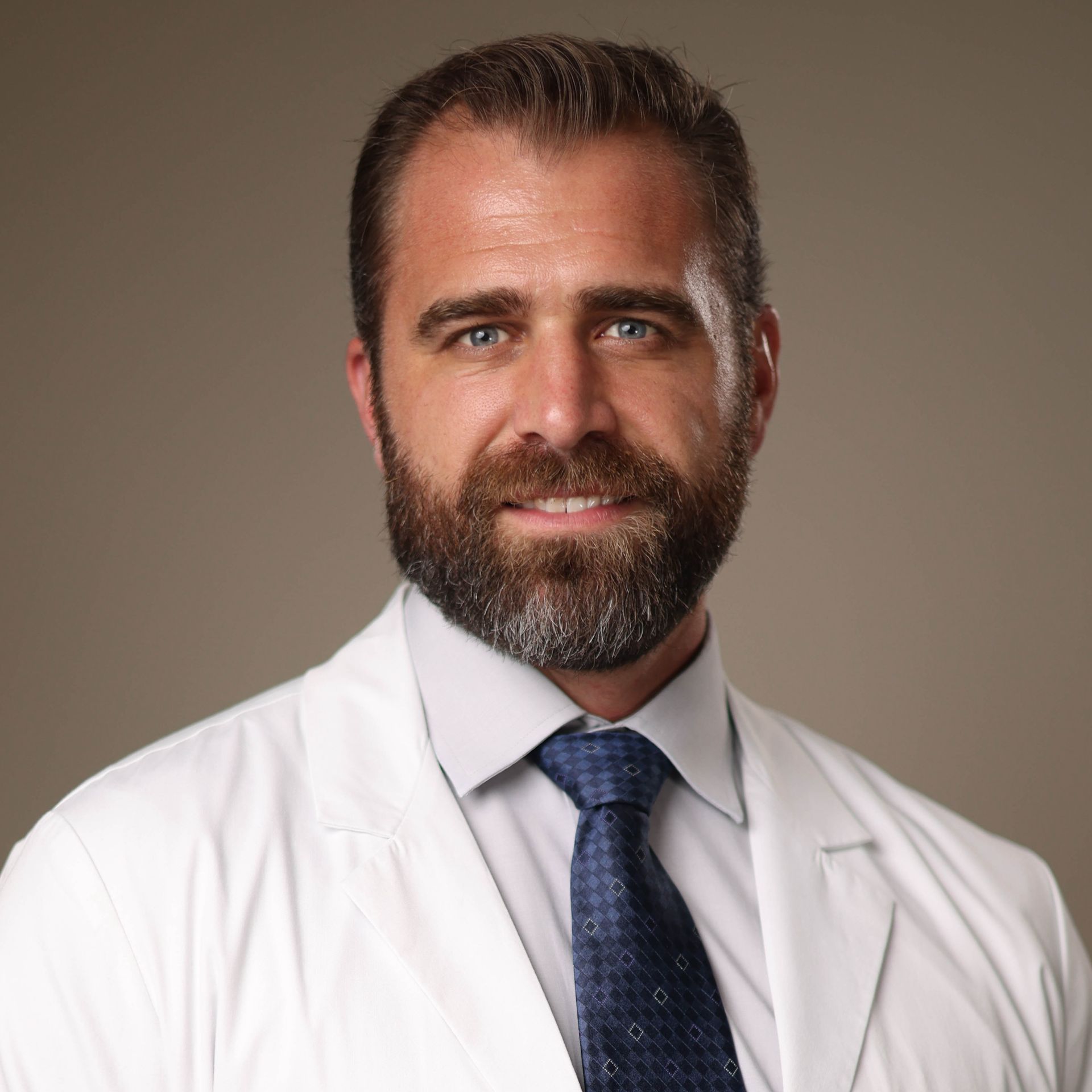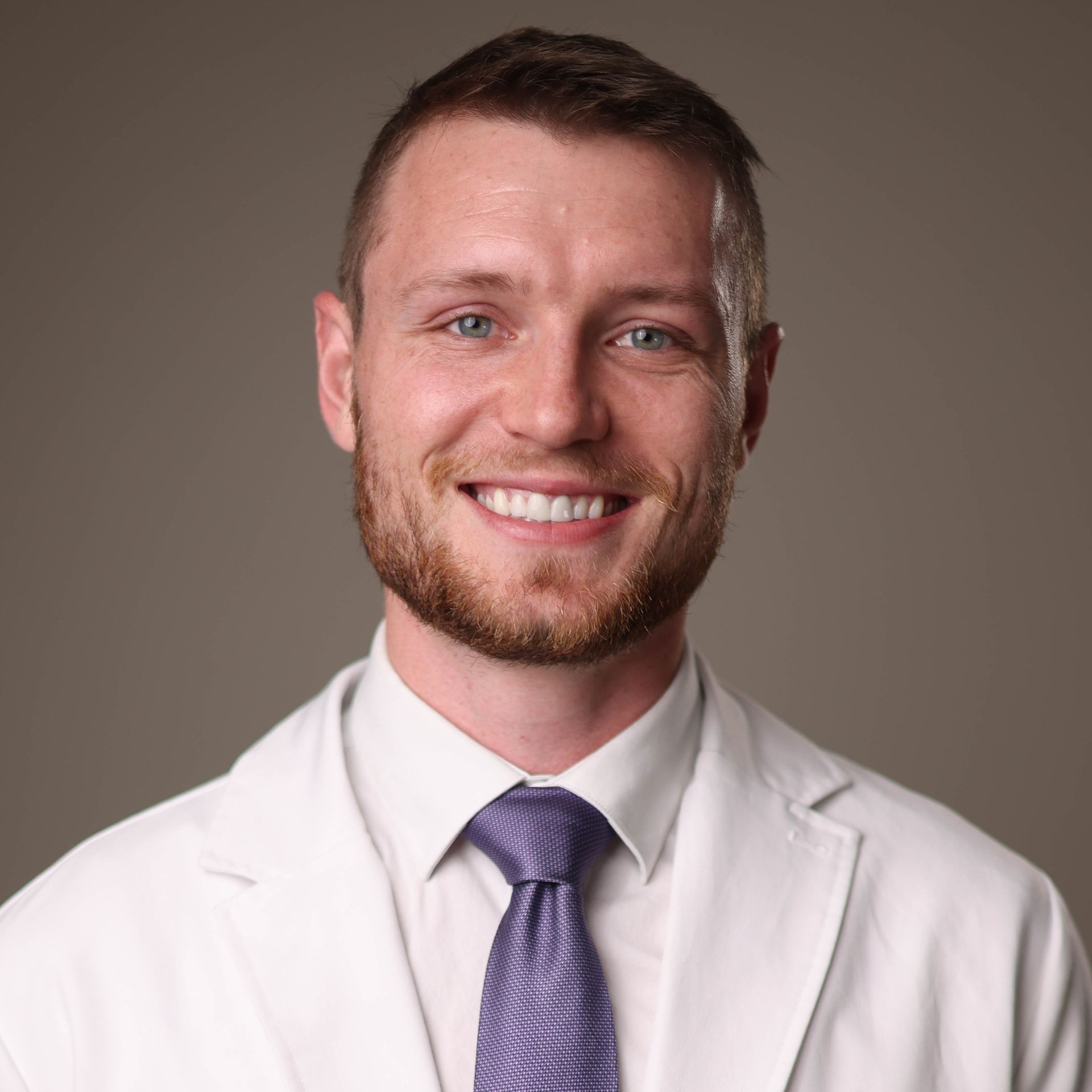Pressure in the Head
Relief Through Upper Cervical Care
Understanding Intracranial Pressure and Its Origins
Prolonged intracranial pressure can be difficult to bear, whether it manifests as short-term bouts or as constant head pressure that never seems to let up. While you may feel the pressure inside your skull, the root cause often originates in the blood vessels traveling through the upper neck.
Your brain relies on two main blood supply pathways: the carotid arteries and the vertebral arteries. The carotid arteries are more widely recognized, as they can be felt at the front of your neck. The vertebral arteries, however, pass through the atlas bone (C1) at the top of the neck and travel directly into the base of the skull. These arteries deliver oxygen and nutrients to the brain, including to areas like the lateral ventricles, where cerebrospinal fluid (CSF) is produced.
After circulating around the brain, CSF collects in the central sagittal sinus at the top of the brain before draining through the jugular veins, which exit at the base of the skull and pass close to the atlas bone. This delicate system of blood supply and drainage ensures the brain maintains normal pressure levels.
The Impact of Upper Cervical Misalignments
Problems with intracranial pressure don’t always stem from major medical conditions like tumors or vascular damage. More commonly, they are caused by misalignments in the upper cervical spine, which can compress these critical blood vessels.
When the upper cervical spine becomes misaligned—whether due to a fall, concussion, whiplash, or another trauma—it can interfere with blood flow into and out of the brain. Here’s how:
- Vertebral Arteries: Misalignments can place tension on the vertebral arteries, slowing blood flow into the brain.
- Jugular Veins: Misalignments may compress the jugular veins, causing blood to back up inside the skull. This buildup increases pressure within the brain, often felt as pressure behind the eyes, a pounding headache, or a heavy sensation throughout the skull.
Some common incidents leading to upper cervical misalignments include:
- Falls (e.g., off a horse or bicycle)
- Slip-and-fall accidents (e.g., on ice or in the bathroom)
- Cheerleading injuries, such as landing awkwardly during a routine
- Football tackles or other sports-related impacts
- Sudden jolts, such as from car accidents or amusement park rides
Patients often report that their symptoms began weeks, months, or even years after such incidents, making it harder to pinpoint the connection.
Advanced Orthogonal Technique: A Gentle, Precise Solution
At Cerebral Chiropractic Center, we specialize in Upper Cervical Care to address pressure in the head by correcting misalignments in the cranio-cervical junction. Using the Advanced Orthogonal Technique, we help restore normal pressure dynamics in the brain.
When you visit our office, you’ll meet with one of our experienced Upper Cervical Chiropractors. Your care will begin with:
- A Detailed History: We’ll discuss your symptoms, including any traumas or injuries that may have contributed to your condition.
- Thorough Examination: We’ll evaluate the alignment of your upper cervical spine through advanced imaging designed to reveal even subtle misalignments.
- Precise Adjustments: After analyzing the imaging, we take precise measurements to set the Advanced Orthogonal Instrument. This table-mounted device delivers a single, percussive sound wave adjustment to gently shift the bones of the upper cervical spine back into alignment.
Our approach avoids the twisting, cracking, or popping often associated with traditional chiropractic care. By addressing misalignments in a neutral position, we minimize risks and maximize results.
While some patients experience relief after one or two adjustments, most require ongoing care to stabilize their alignment. The ultimate goal is to restore long-term balance to the blood flow, CSF dynamics, and pressure regulation systems in the brain, reducing or eliminating head pressure symptoms over time.
Real Patients, Real Results
At Cerebral Chiropractic Center, we’ve helped countless patients regain their quality of life by addressing the root cause of their intracranial pressure.
“Relief I Didn’t Think Was Possible”
"For months, I felt like my head was going to burst from the constant pressure behind my eyes. After just a few adjustments, the pressure started easing. Now, I can work and spend time with my family without feeling like I’m in a fog all day."
- Steven W.
“Finally Free from the Pain”
"I had pounding headaches and constant head pressure for years after a car accident. I thought I’d just have to live with it. The care at Cerebral Chiropractic was gentle and precise, and I finally feel like myself again."
- Maria T.
Restoring Balance: How to Get Started
Prolonged head pressure can feel overwhelming, but there is hope. At Cerebral Chiropractic Center, we specialize in uncovering and correcting the root causes of intracranial pressure through the Advanced Orthogonal Technique.
Call us at (727) 677-0001 or click the button below to schedule your consultation. During your visit, we’ll evaluate your condition, perform advanced imaging, and develop a personalized care plan tailored to your needs. The pressure is on us to help you not only find relief but also restore your quality of life. Let us help you take the first step toward a healthier, clearer future.
References
- Mayo Clinic. "Migraine: Symptoms and Causes." Accessed January 2025. https://www.mayoclinic.org/diseases-conditions/migraine-headache/symptoms-causes/syc-20360201.
Related Articles


Our Doctors
Experts in Spinal and Neurological Care
Dr. Chris Slininger, DC, DCCJP
Craniocervical Specialist
Dr. Slininger focuses heavily on complex neurological conditions and advanced spinal challenges such as headaches, migraines, dizziness, vertigo, concussion, mTBI and more.
Dr. Ethan Surprenant, DC
Upper Cervical Chiropractor
Dr. Surprenant specializes in innovative, non-invasive Upper Cervical Chiropractic Care, uniquely addressing complex neurological conditions like dysautonomia, migraines, headaches, cranio-cervical syndrome, to restore lasting neurological health.



